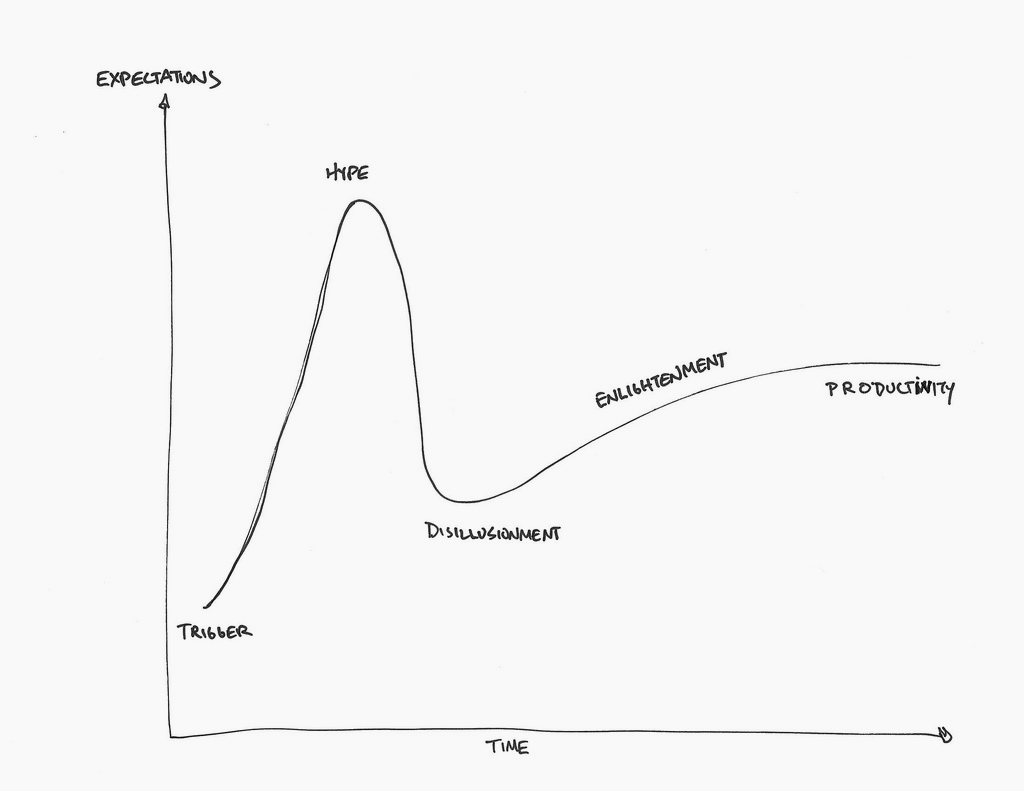
“It is indeed as though the interdisciplinarity which is today held up as a prime value in research cannot be accomplished by the simple confrontation of specialist branches of knowledge. Interdisciplinarity is not the calm of an easy security; it begins effectively (as opposed to the mere expression of a pious wish) when the solidarity of the old disciplines breaks down—perhaps even violently, via the jolts of fashion—in the interests of a new object and a new language neither of which has a place in the field of the sciences that were to be brought peacefully together, this unease in classification being precisely the point from which it is possible to diagnose a certain mutation.”
Back in 2011, the Walker Art Center organized an Interdisciplinary Working Group to investigate how the arts, specifically multidisciplinary arts respond to the ever more interdisciplinary ways in which artists are working?
They invited seven multidisciplinary practitioners (here’s a working link on that page to the work) to offer their perspectives and work with the group. We were to consider this question and offer our own perspectives to contribute to the internal and public conversation.
So, why do I mention this?
Well, it came to mind this morning as I am working with the Board of Directors at Westaf on the agenda for their upcoming national conference, and I’m meant to organize a panel on just this topic, or around it: Creative Practice in the Era of Artfully Intelligent Machines
The Barthes quote feels like a direct interlink to the conversations about how the arts and the creative consciousness are, in their less conservative modes, always about change and evolution — or ‘mutation’ as Barthes puts it, writing in the mid 1970s. (Side note: Stephen Heath, who translated, was one of our professors at UCSC’s History of Consciousness program, where I was first introduced to Roland Barthes back in 1993)
More directly related to the work I’ve been doing over the last few years is an wandering effort to understand and clarify the relationship between the creative consciousness and the rational consciousness specifically in the context of interlinked innovation, that is innovation that is a collaboration between Imagination (creative practice) and Structure (rational, analytic consciousness).
What is Imagination and what is Structure?
These are described in some depth in that last book, which was itself a ‘Part II’ to The Manual of Design Fiction in which I get to describe the baseline value of Design Fiction. But for the moment, Imagination is what sees the world as it could be, but what it sees doesn’t make sense to Structure. Structure sees the world as a rational place as it is, and orders it such that it makes sense as it is and effectively maintains that order.
The cartoon version of this is that Imagination is the Arts, and Structure is, like..McKinsey Consulting.
That is a cartoon version. The beauty of understanding the relationship between Imagination and Structure is to avoid the cartoon, because it can be antagnoizing, which doesn’t address any of the challenges we collectively face.
What the Walker Art Center did back in 2011 was open up the conversation on this point. We need more of those conversations, which have a long history.
Here’s a chapter that John Marshall and I wrote together back in 2008 for the book Digital Blur: Creative Practice at the Boundaries of Architecture, Design and Art.
All of this interlinks with the nagging sensation that I think many of us carry which is that there is a related sensibility between creativity and innovation, but it doesn’t seem to be working fully to a broader advantage. Creativity has been seen as an extractive resource rather than a collaborator with Structure.